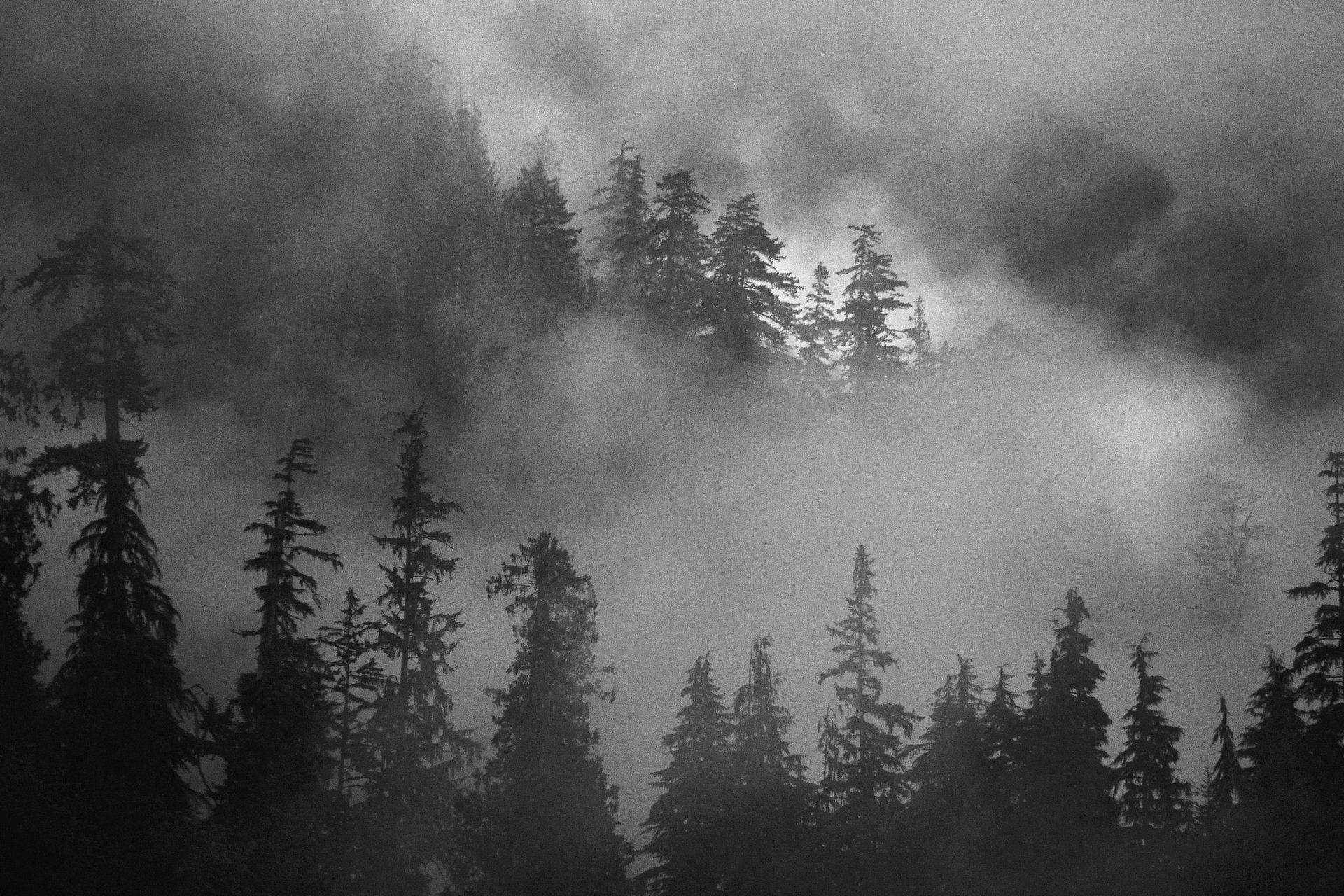

Shavano Valley Petroglyphs, Part 2: Rock Art Maps
Have you used Google Maps lately? How about AAA Triptiks. Remember Rand-McNally? Maps have been an essential part of the traveler’s...


Ancient Art: Decoding Rock Art
Throughout the southwest, Native Americans have left images pecked or painted on canyon walls, caves and large stones. Like so many...


Native Americans of the Northwest: Chinook Winds
My wife and I lived in Denver, Colorado for many years and occasionally experienced a phenomenon called the “Chinook Wind”. These winds,...


Native Americans of the Northwest: The Potlatch
Imagine being invited to the house of the wealthiest person in town so that he could demonstrate his wealth by giving away expensive and...


Part 2: Quanah Parker, Diplomat and Businessman
Quanah Parker c1890 “Courageous and strong-willed, he was also a natural diplomat. Traveling numerous times to Washington D.C. to...

















![Kawoni [April]: The Flower Moon](https://static.wixstatic.com/media/12aa6a_7c3e945d560a42299d136778a994ffa7~mv2.jpg/v1/fill/w_185,h_209,fp_0.50_0.50,lg_1,q_30,blur_30,enc_avif,quality_auto/12aa6a_7c3e945d560a42299d136778a994ffa7~mv2.webp)
![Kawoni [April]: The Flower Moon](https://static.wixstatic.com/media/12aa6a_7c3e945d560a42299d136778a994ffa7~mv2.jpg/v1/fill/w_38,h_43,fp_0.50_0.50,q_90,enc_avif,quality_auto/12aa6a_7c3e945d560a42299d136778a994ffa7~mv2.webp)
![Anvyi [March]: The Windy Moon](https://static.wixstatic.com/media/12aa6a_0119c7402f6f43038527f4d6c2f81970~mv2.jpg/v1/fill/w_181,h_210,fp_0.50_0.50,lg_1,q_30,blur_30,enc_avif,quality_auto/12aa6a_0119c7402f6f43038527f4d6c2f81970~mv2.webp)
![Anvyi [March]: The Windy Moon](https://static.wixstatic.com/media/12aa6a_0119c7402f6f43038527f4d6c2f81970~mv2.jpg/v1/fill/w_38,h_44,fp_0.50_0.50,q_90,enc_avif,quality_auto/12aa6a_0119c7402f6f43038527f4d6c2f81970~mv2.webp)


